Brittany Spaniel
Brittany Spaniel
| Male | Female |
|---|---|
| Height | Height |
| 48 - 51 cm | 47 - 50 cm |
| Weight | Weight |
| 14 - 18 kg | 14 - 18 kg |
| Life Stage | |
|---|---|
| Adult | |
| 1 to 7 years | |
| Mature | Senior |
| 7 to 10 years | From 10 years |
| Baby | |
| Birth to 2 months | |
| Male | Female |
|---|---|
| Height | Height |
| 48 - 51 cm | 47 - 50 cm |
| Weight | Weight |
| 14 - 18 kg | 14 - 18 kg |
| Life Stage | |
|---|---|
| Adult | |
| 1 to 7 years | |
| Mature | Senior |
| 7 to 10 years | From 10 years |
| Baby | |
| Birth to 2 months | |
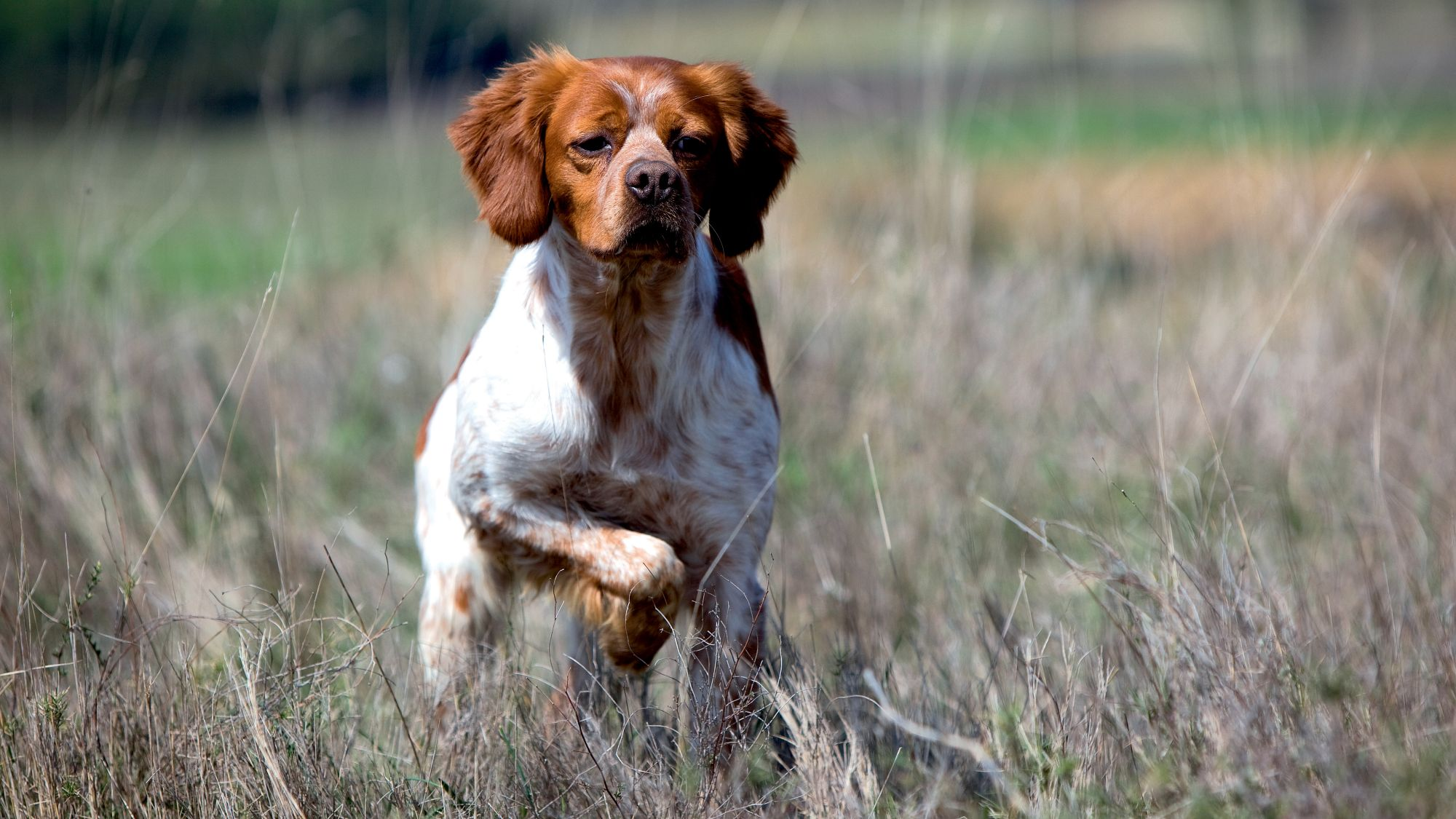
Get to know the Brittany
All you need to know about the breed
The breed hails from the Brittany region in northwest France, hence their name, and bears more than a passing resemblance to the Welsh Springer Spaniel. This is likely due to the profitable trading relationship that Wales once enjoyed with Brittany, which involved dogs travelling across the English Channel.
Their natural fondness for pointing and retrieving has made the Brittany breed popular with poachers in the past, but they don’t have an aggressive bone in their body. The Brittany is just a friendly dog who likes to receive head pats from anyone and everyone – so not your best guard dog – and is always up for a spot of adventure.
A Brittany is an adaptable dog with a sunny temperament, which makes them great around people of all ages. However, they’re far too high-energy for an apartment and require some supervision around children, not because they pose a threat, but they may knock little ones over through pure excitement.
If you are a confirmed homebody then this is not the breed for you. Brittany dogs are highly intelligent and require one to two hours of exercise per day, which includes mental stimulation. They will get bored if left to their own devices, which can lead to destructive behaviour and cause them to start barking.
A Brittany’s joie de vivre makes them a pleasure to live with, as they’re even-tempered dogs who show affection easily. You just have to love being outside as much as they do.
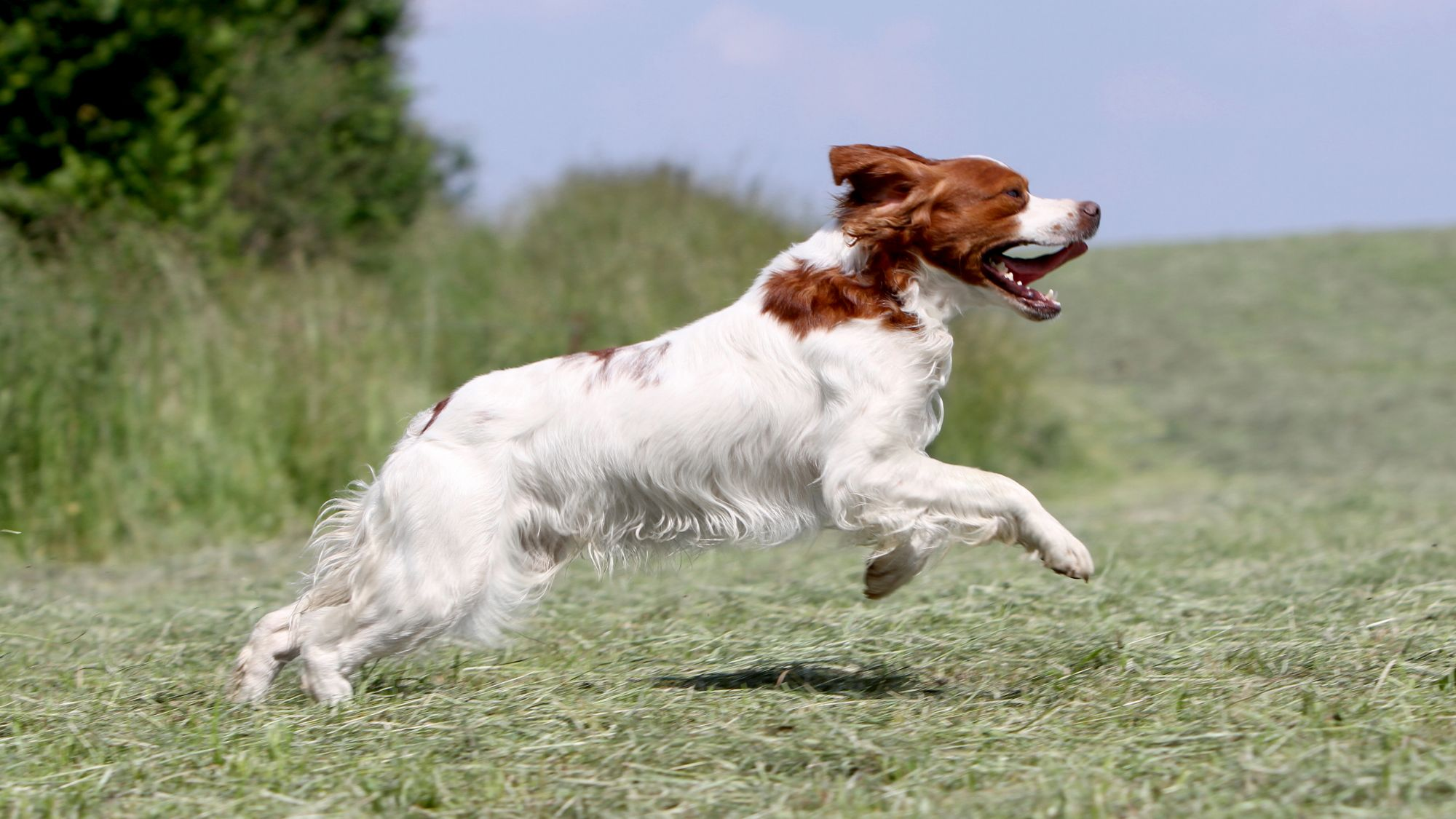
2 facts about Brittany
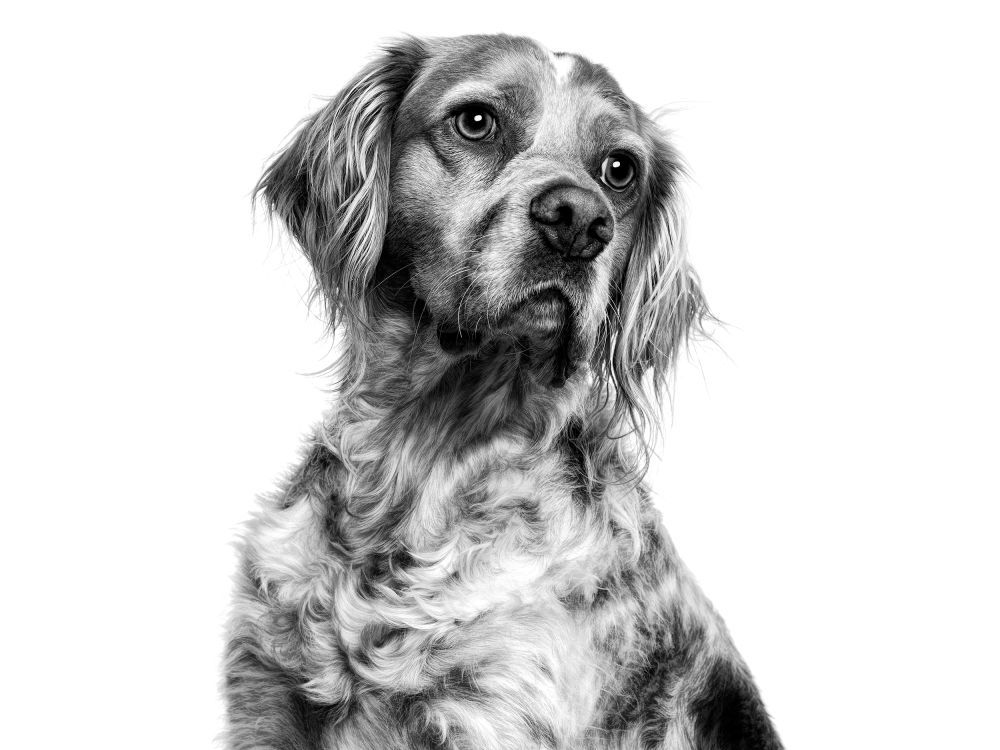
History of the breed
When dog shows became popular throughout Europe, the Brittany breed proved to be a natural just as much in the show ring as they were in the field. They were officially recognised in their home country in 1907. The first appearance in the U.S. for the Brittany was in 1931, where they quickly became popular thanks to their sporting talents and canine charm.
In the 1980s, the AKC decided to drop the “Spaniel” from the name, as they considered the breed to be closer to a pointer. The French, however, kept the original breed name. To date, the Brittany has accumulated the highest number of Dual Championship wins than any other breed. All in a day's work for this exceptional dog.
From head to tail
Physical characteristics of Brittany
.
.
.
.
.
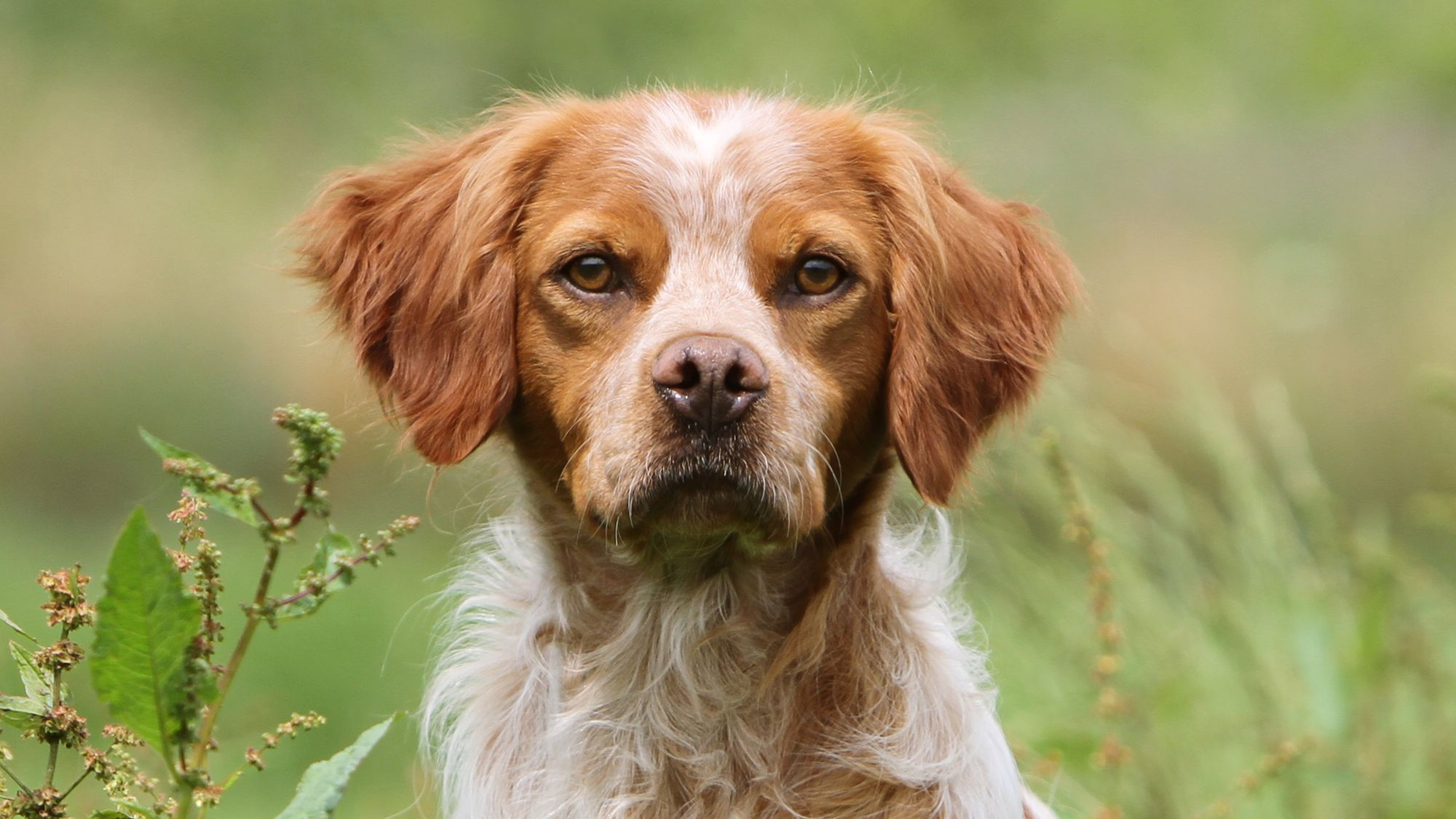
Things to look out for
From specific breed traits to a general health overview, here are some interesting facts about your Brittany
Healthy diet, healthier dog



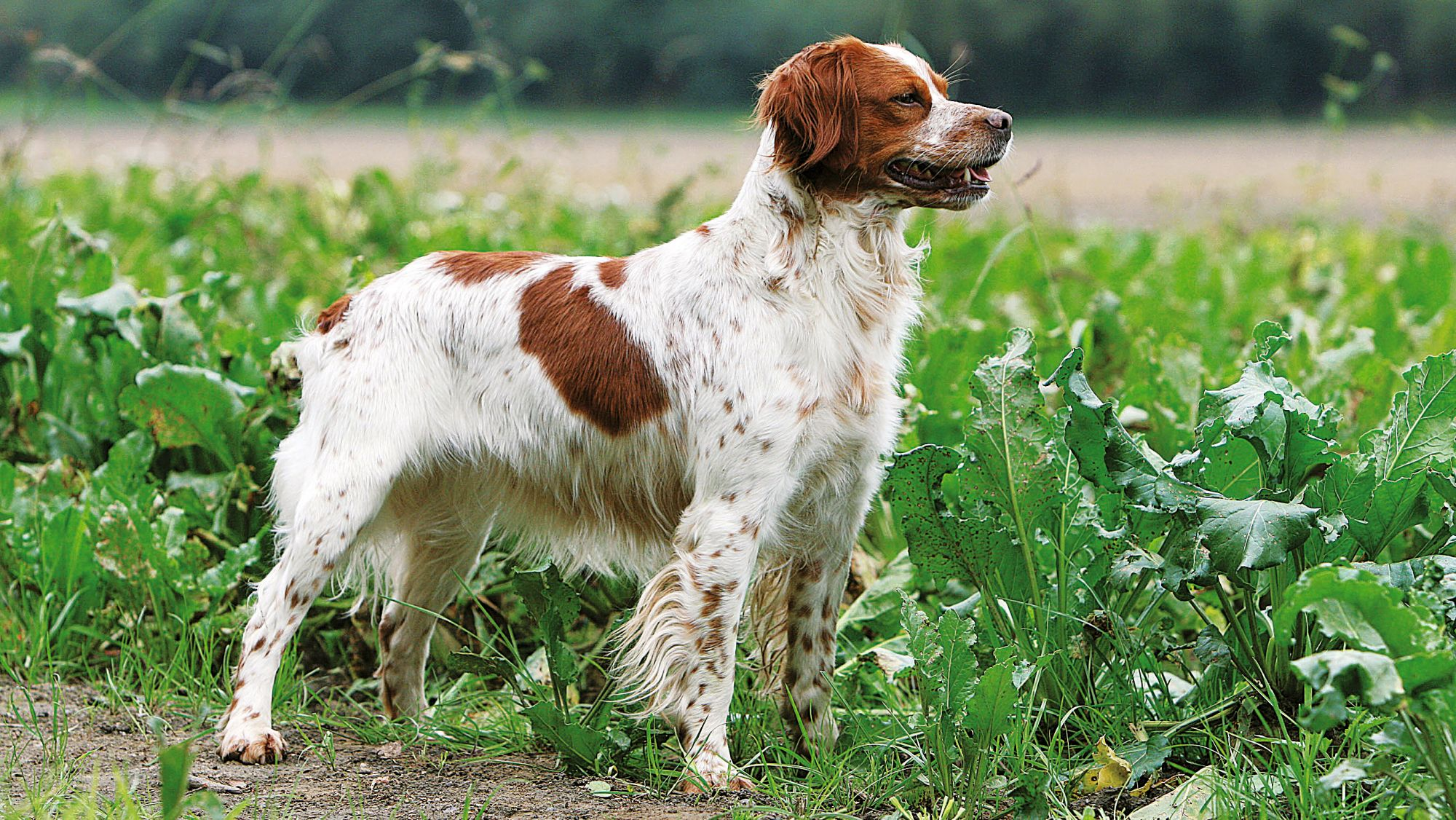
Caring for your Brittany
Grooming, training and exercise tips
7/7
All about Brittany
Suggested Breeds
Read more on this topic
Sources
Like & share this page